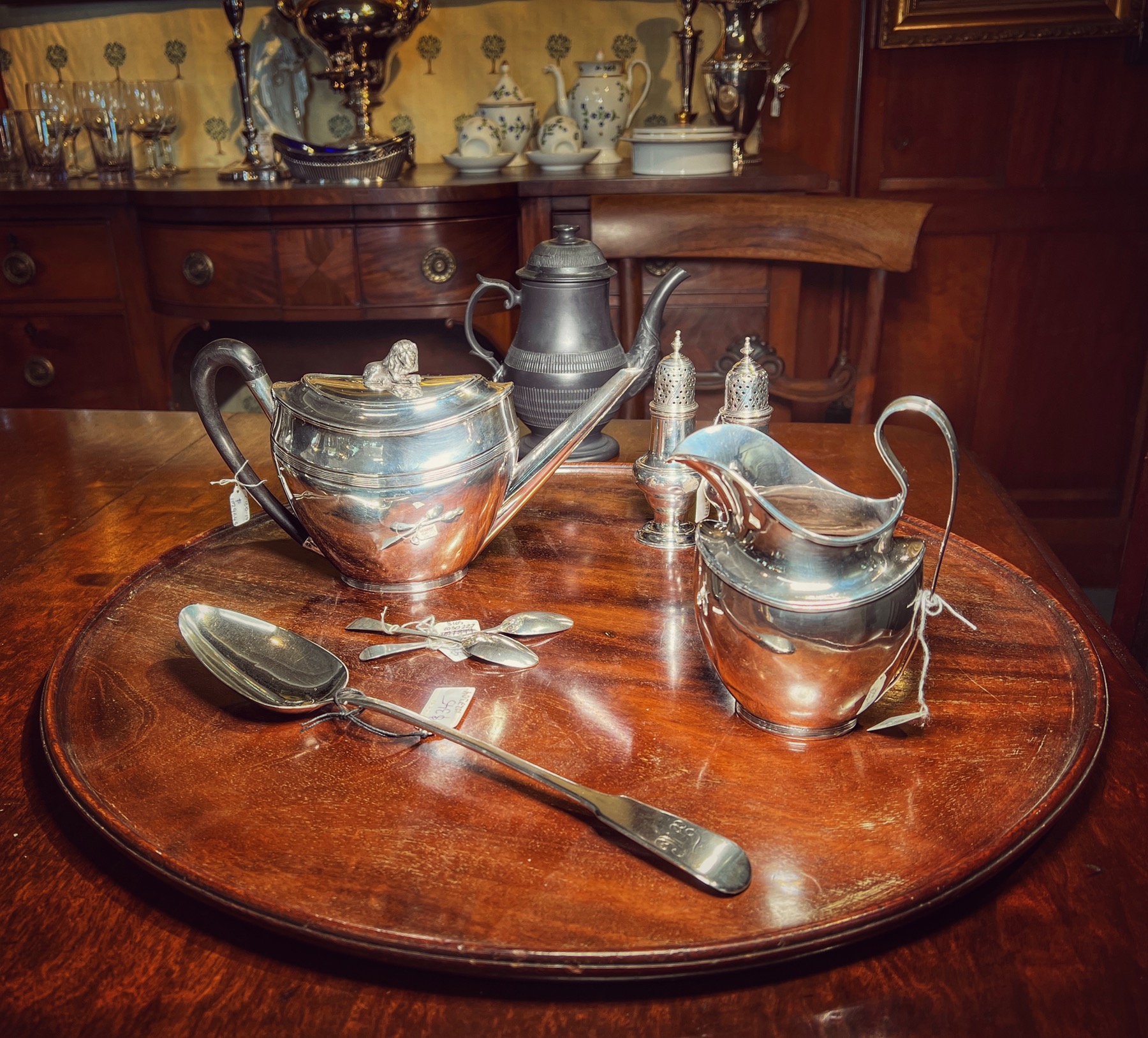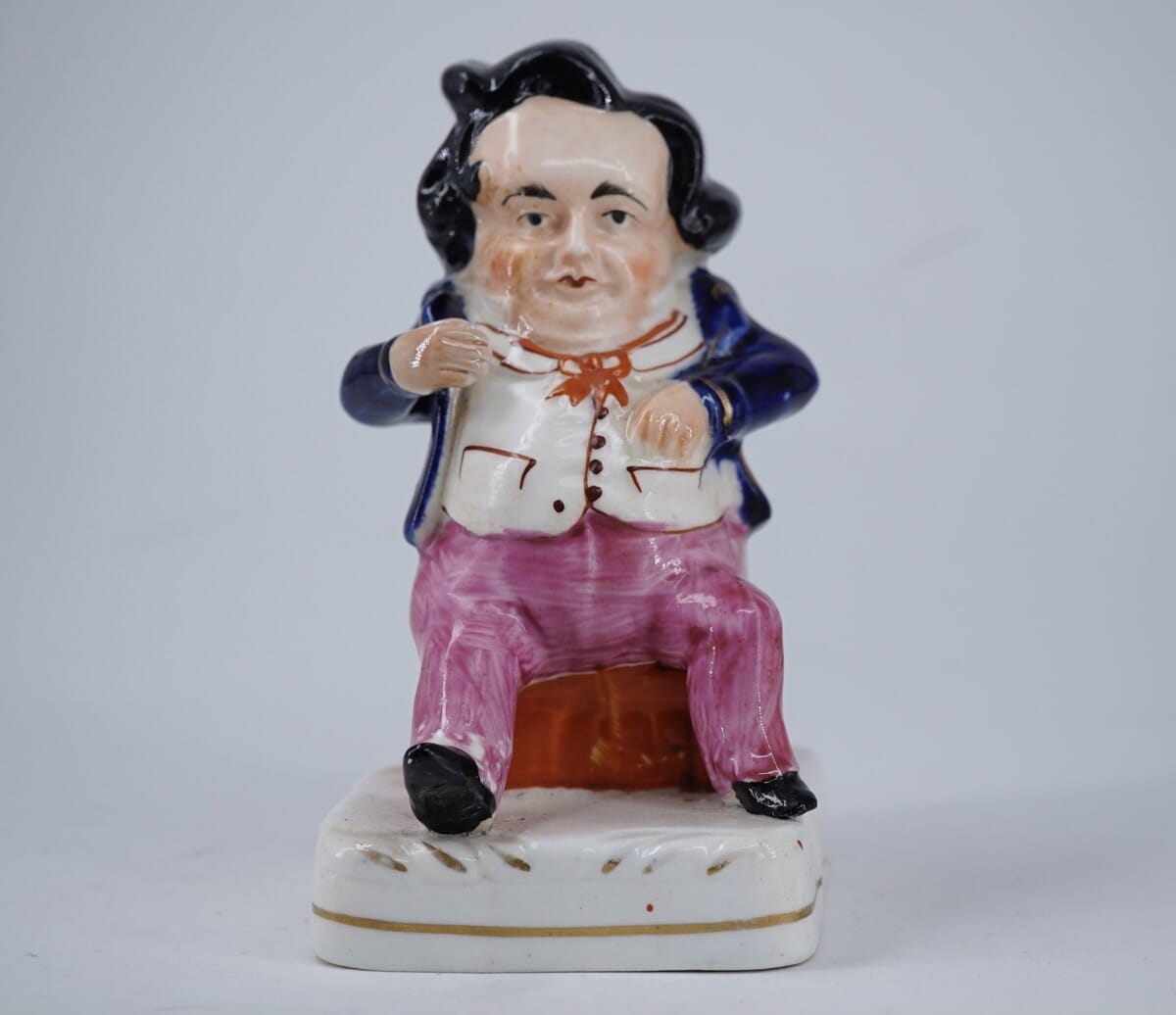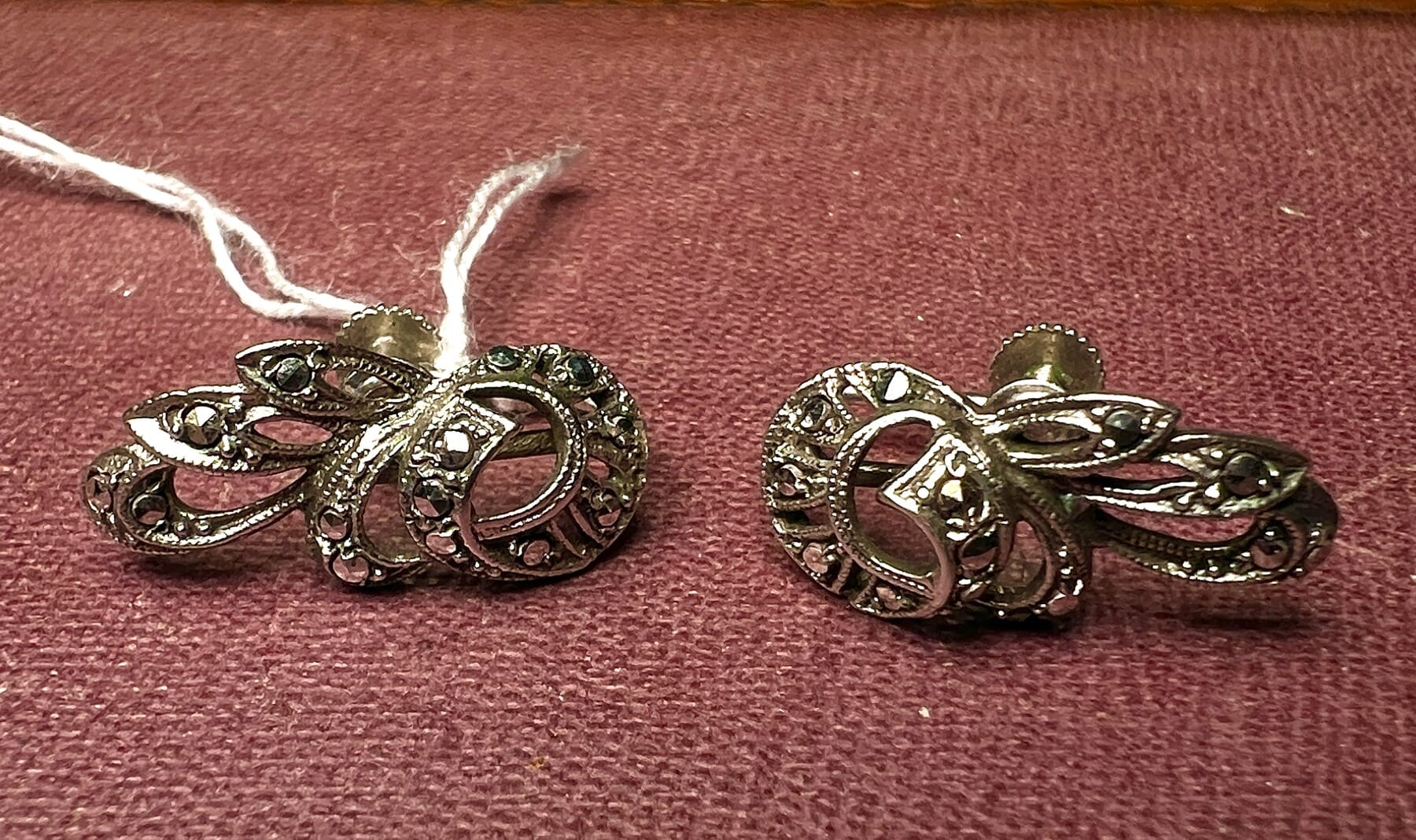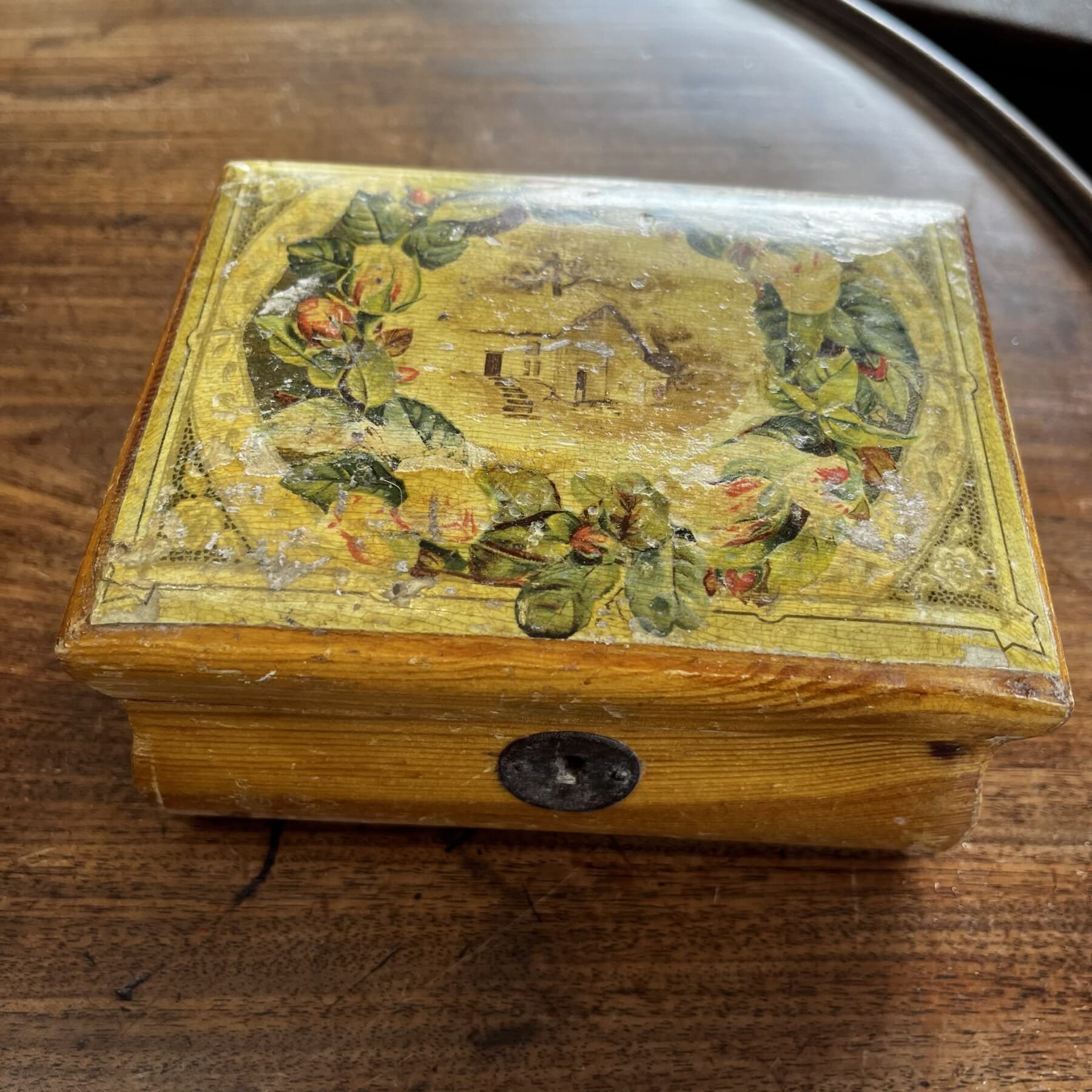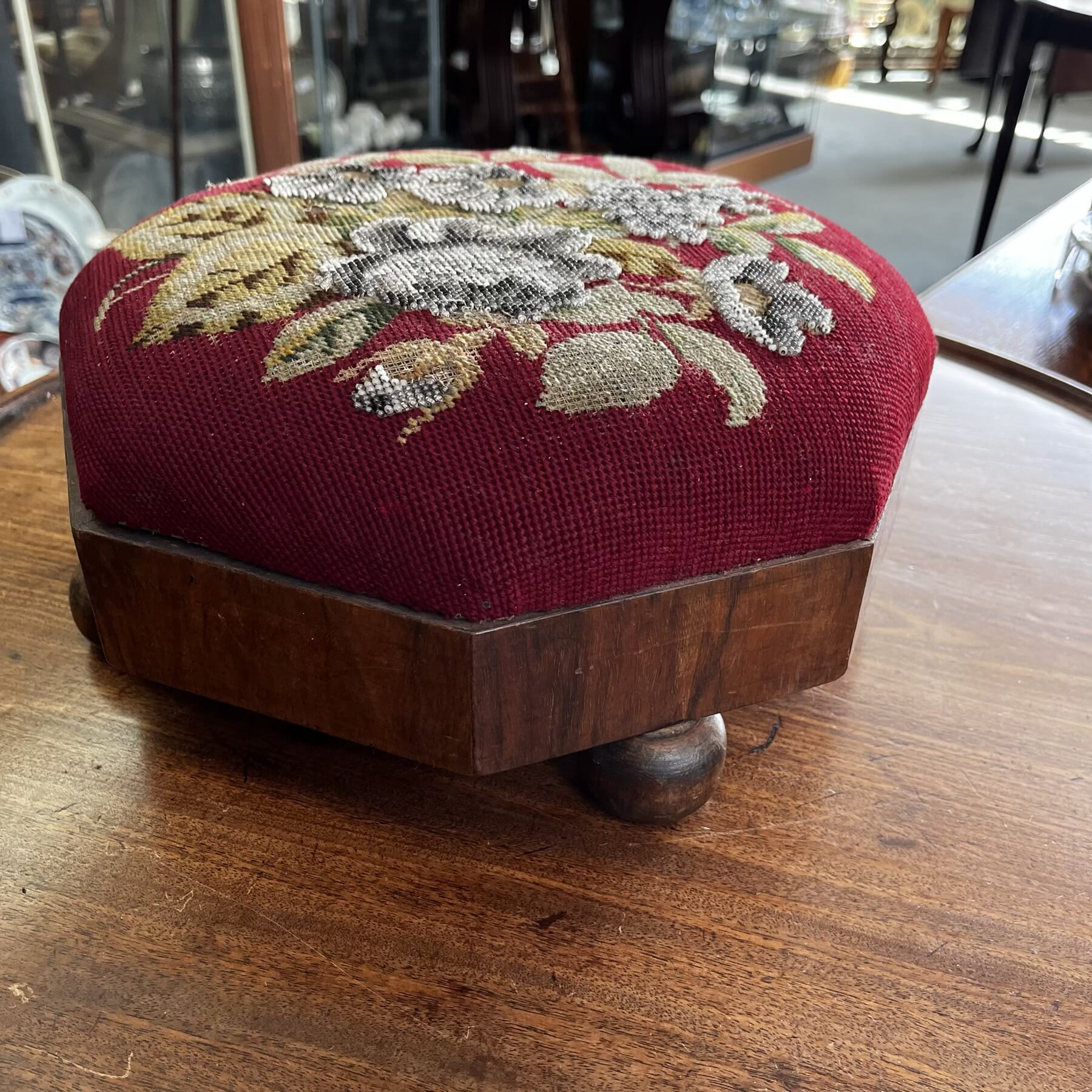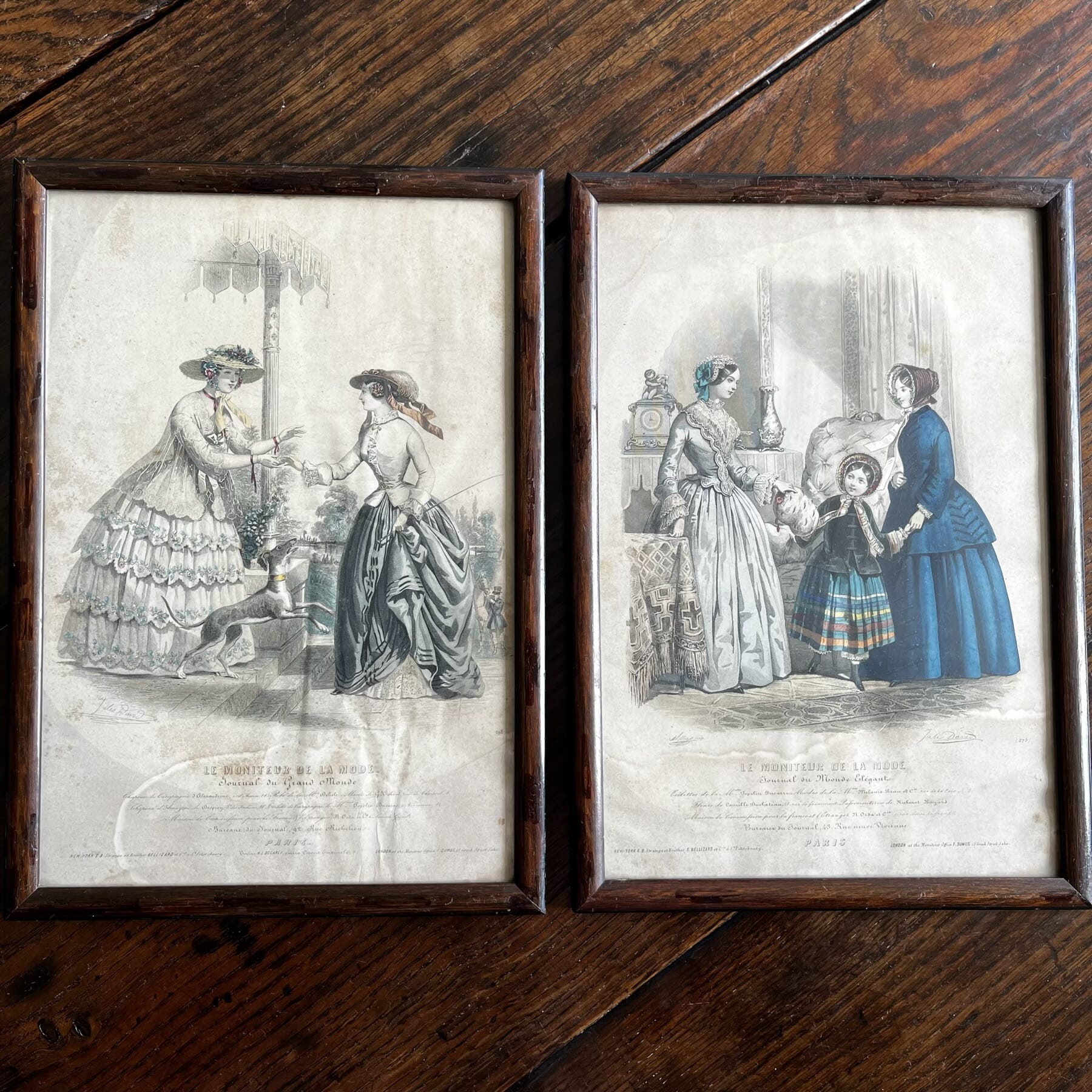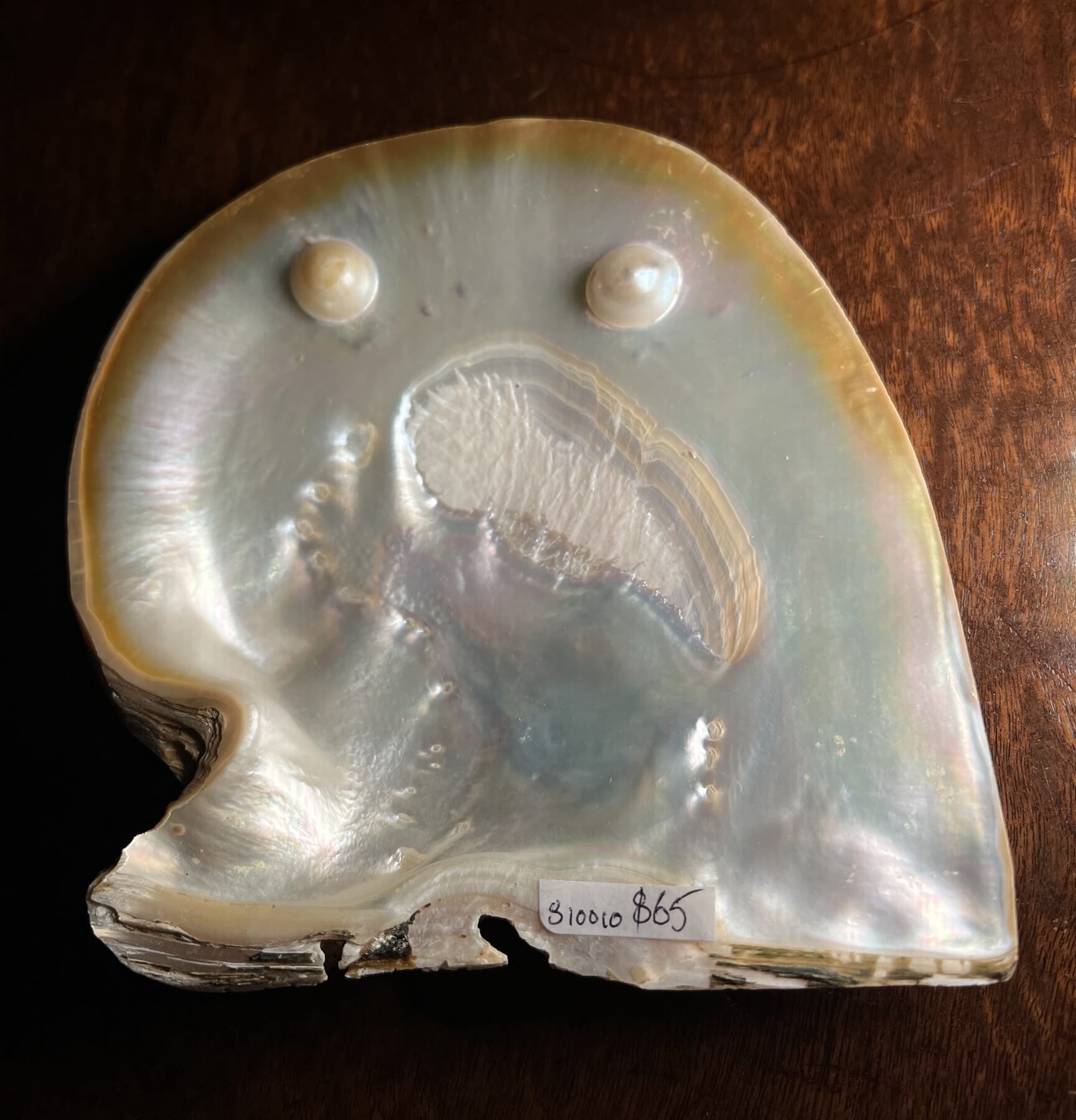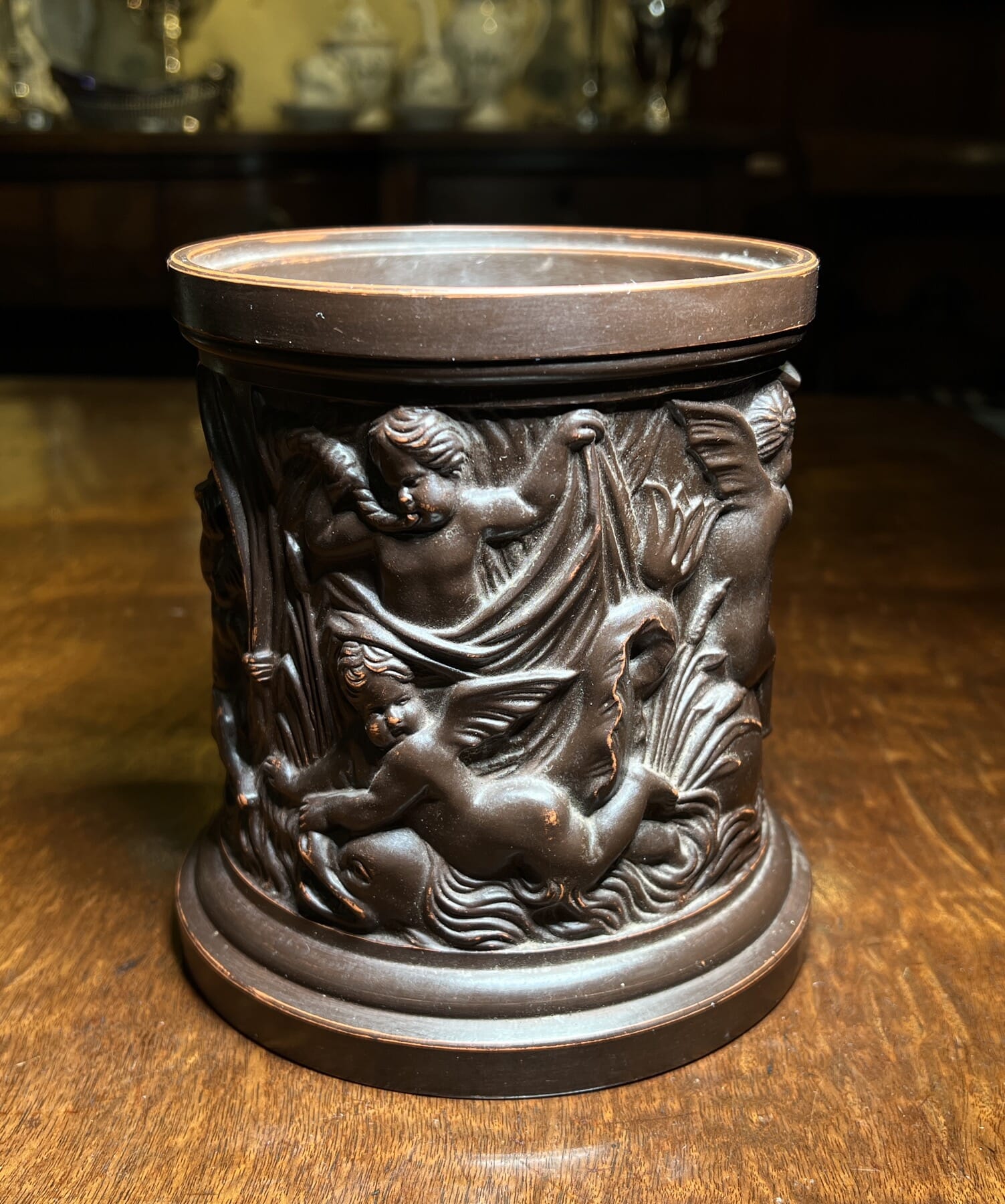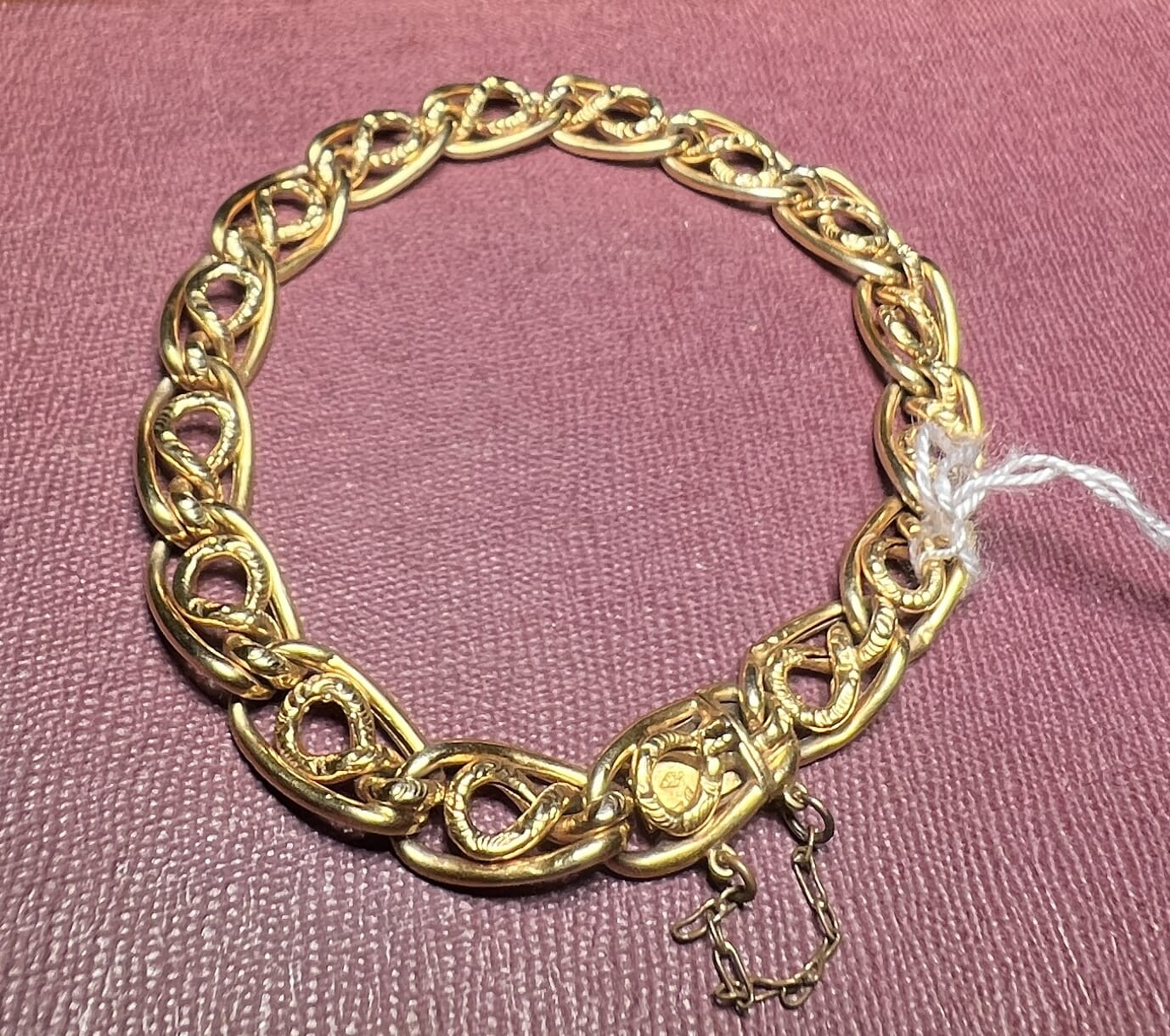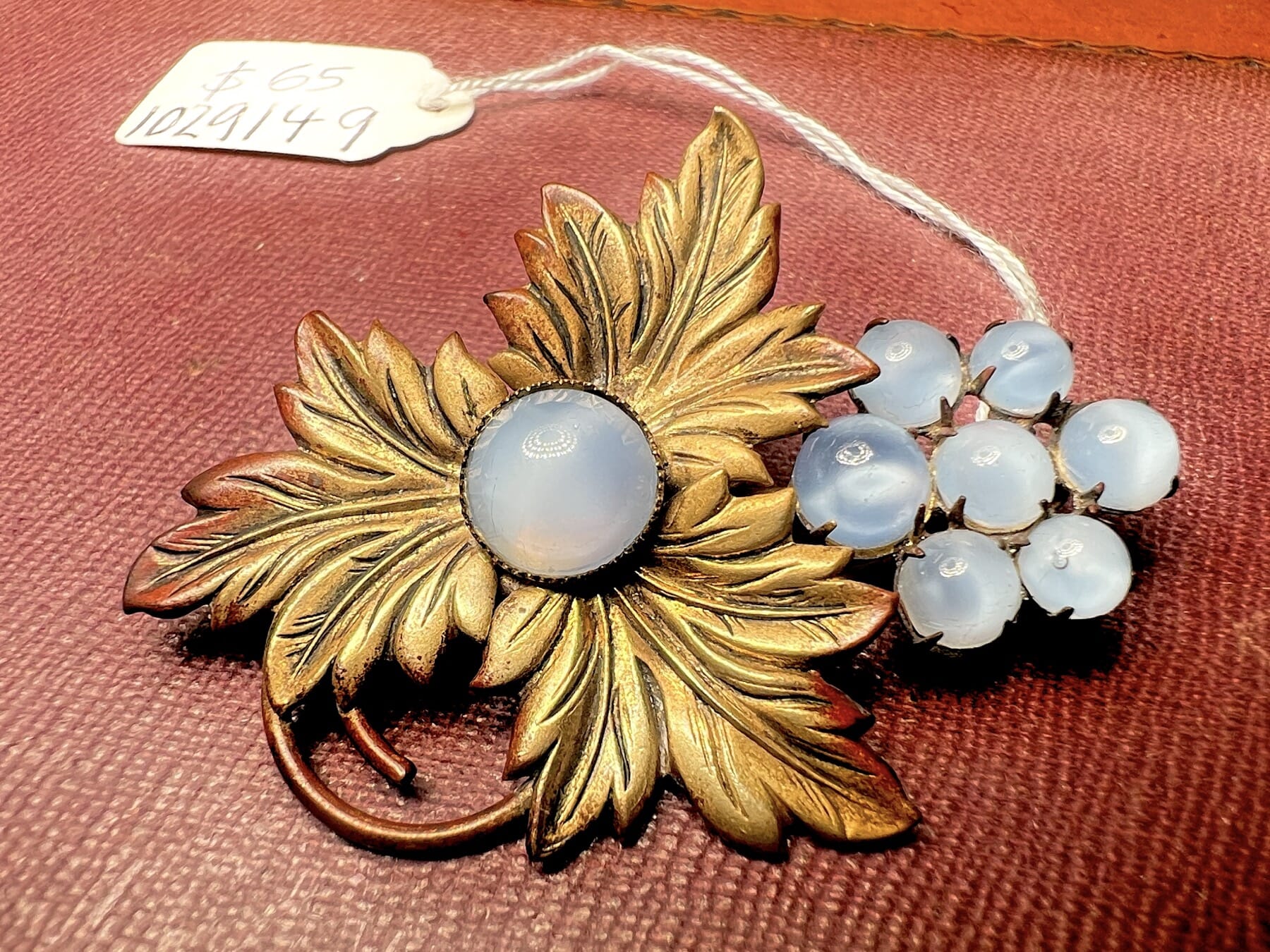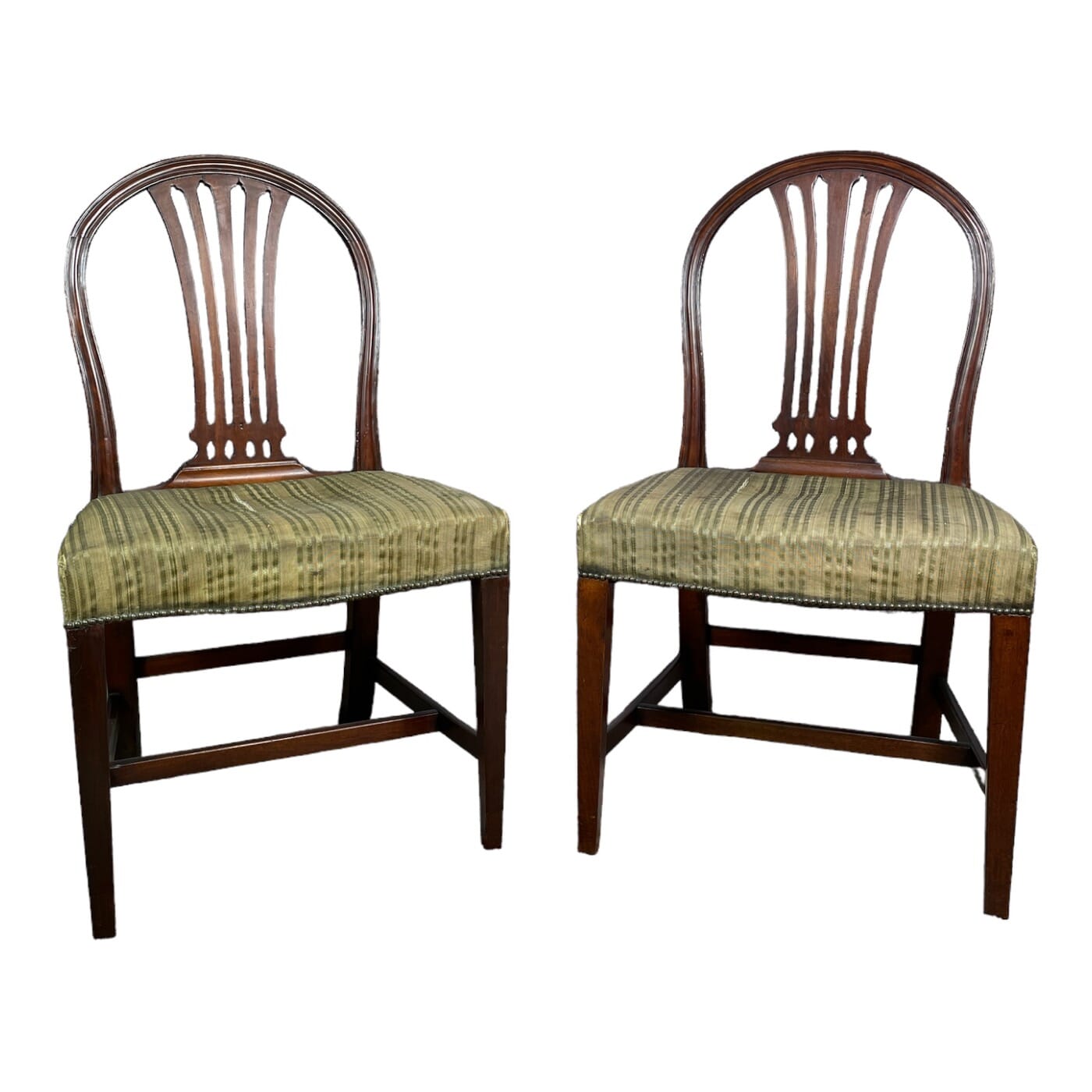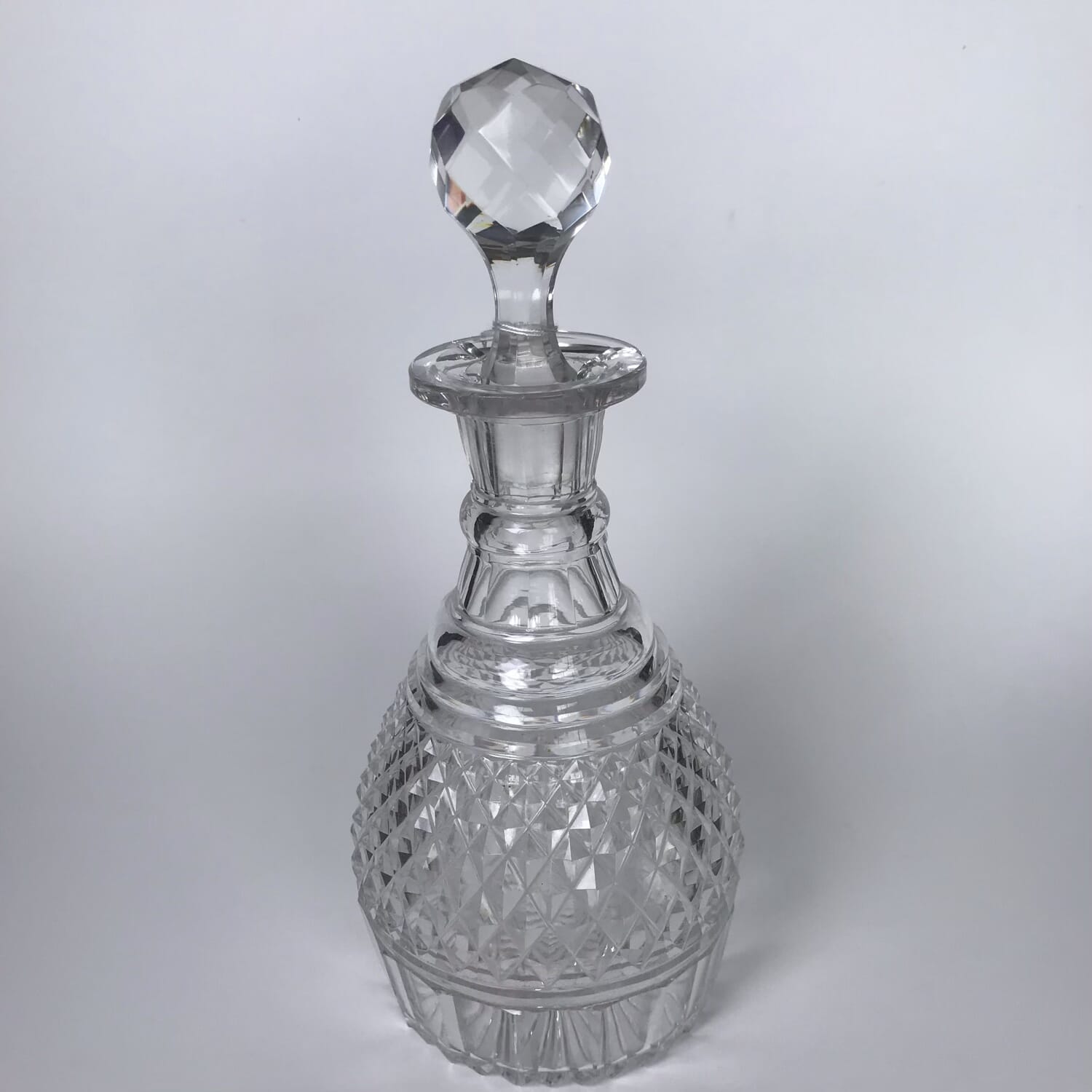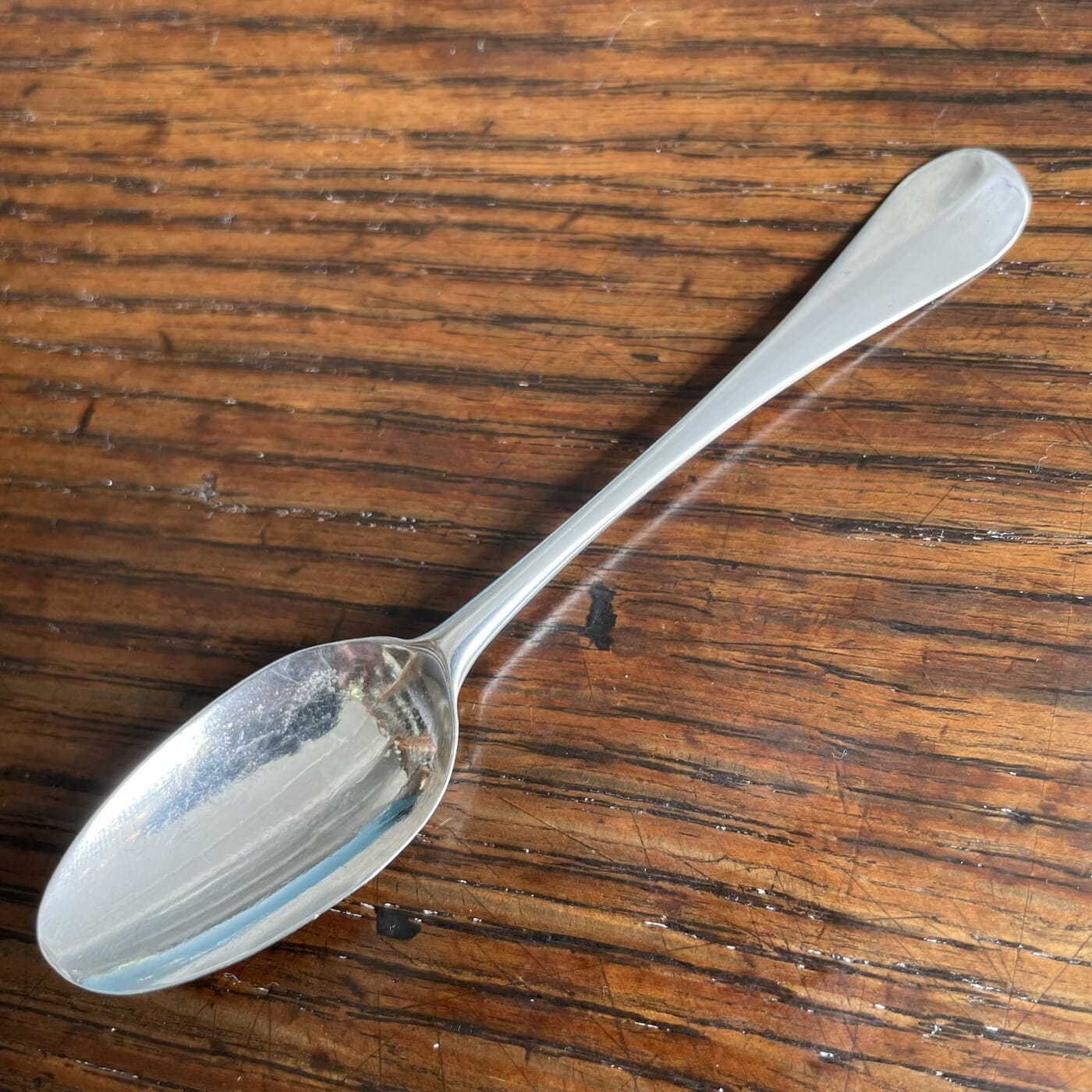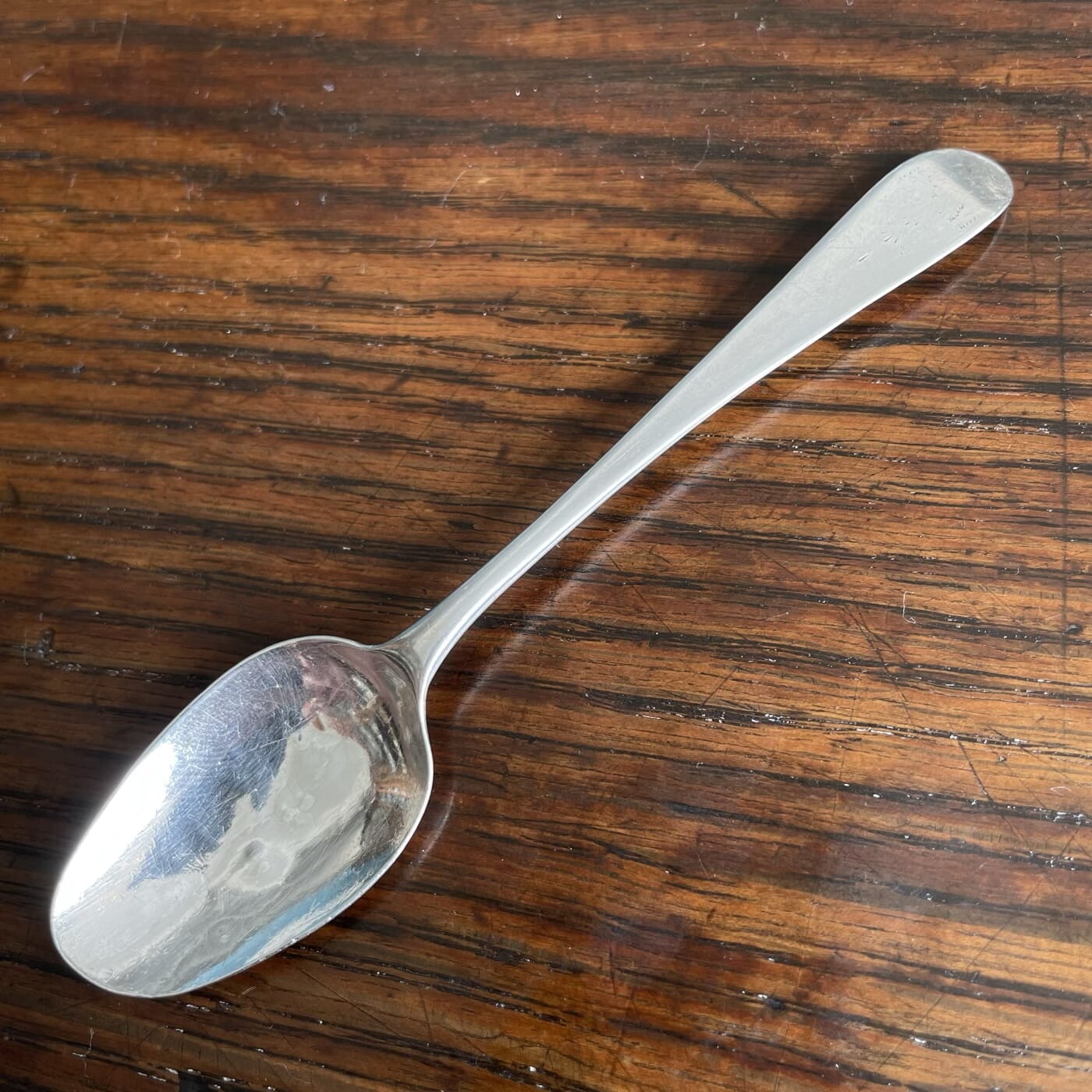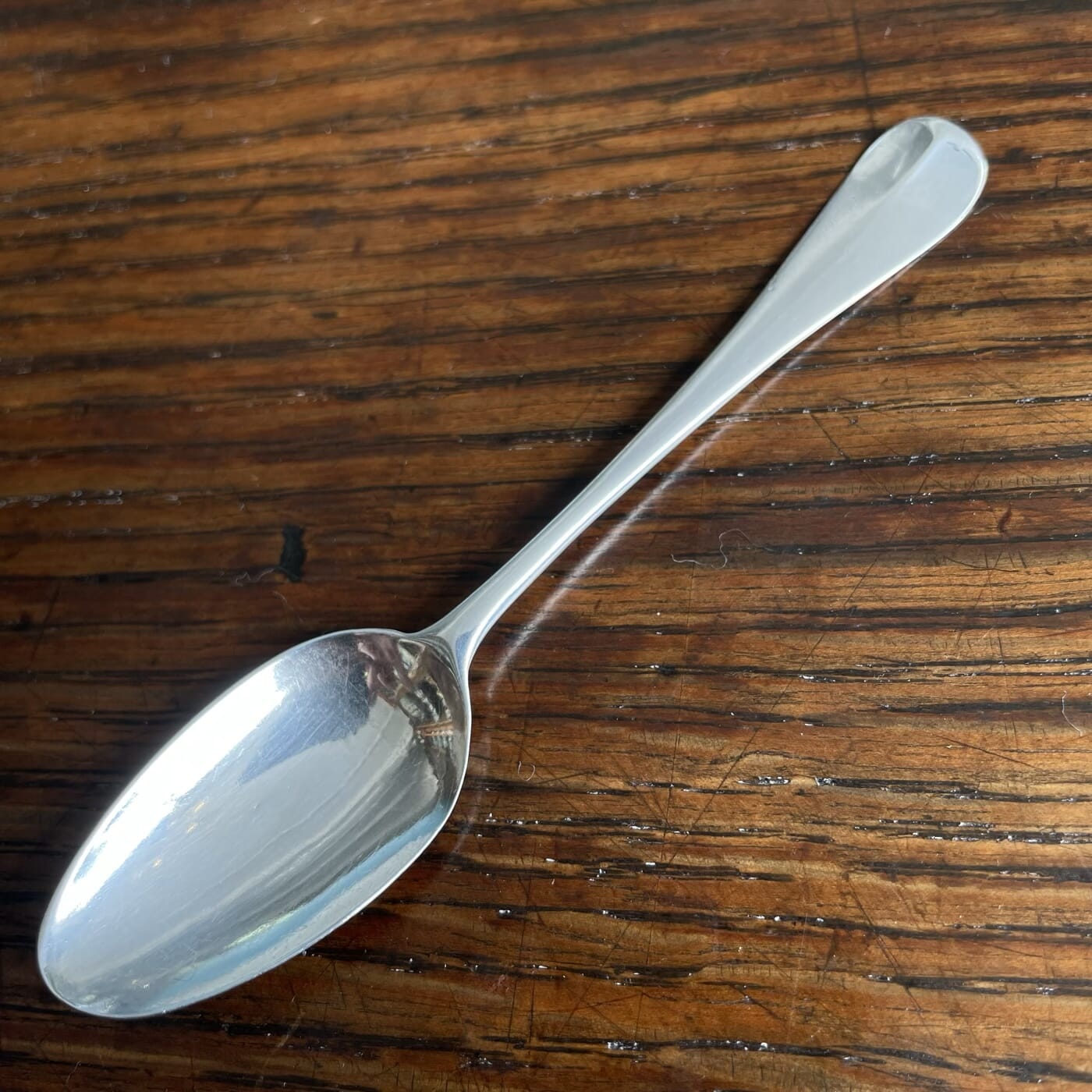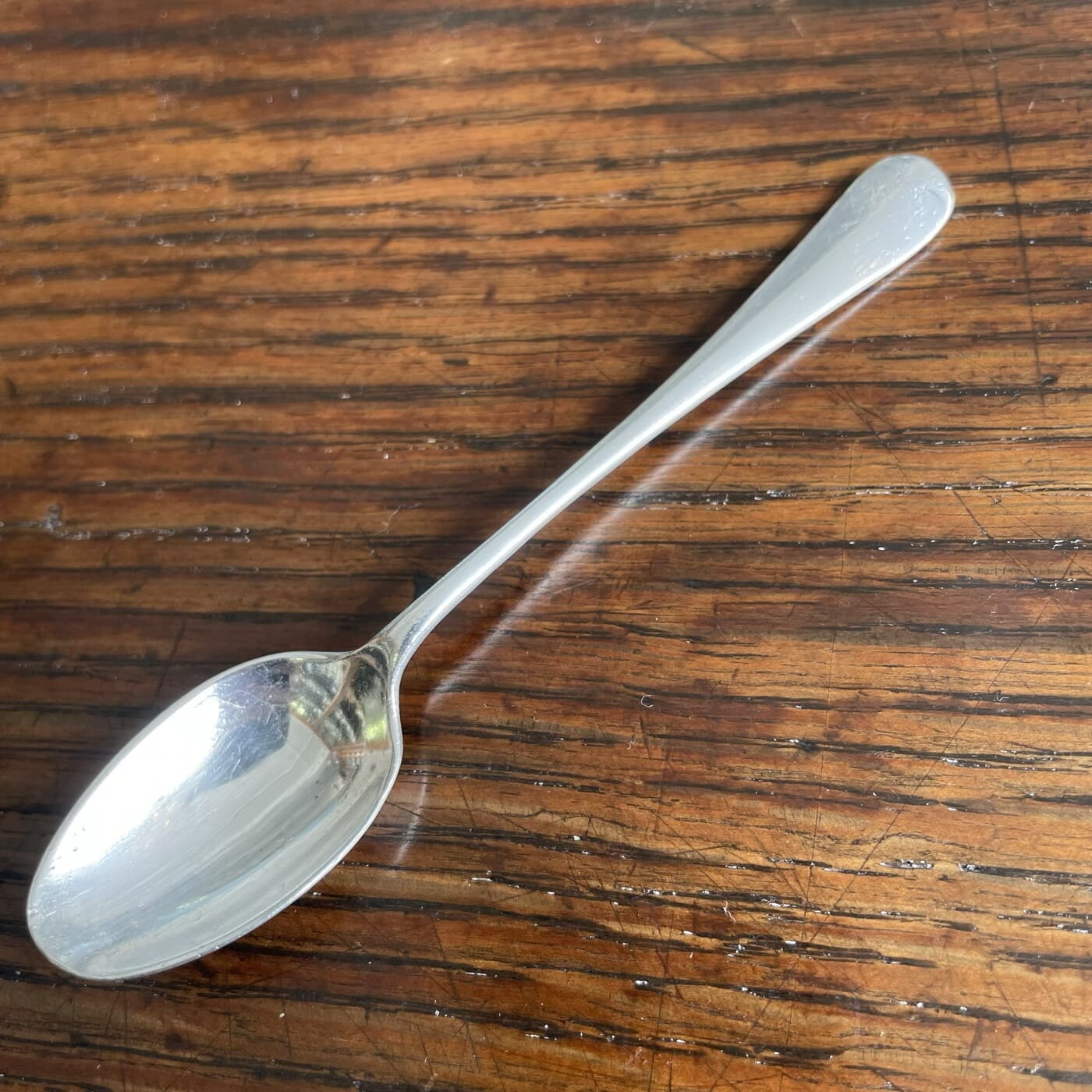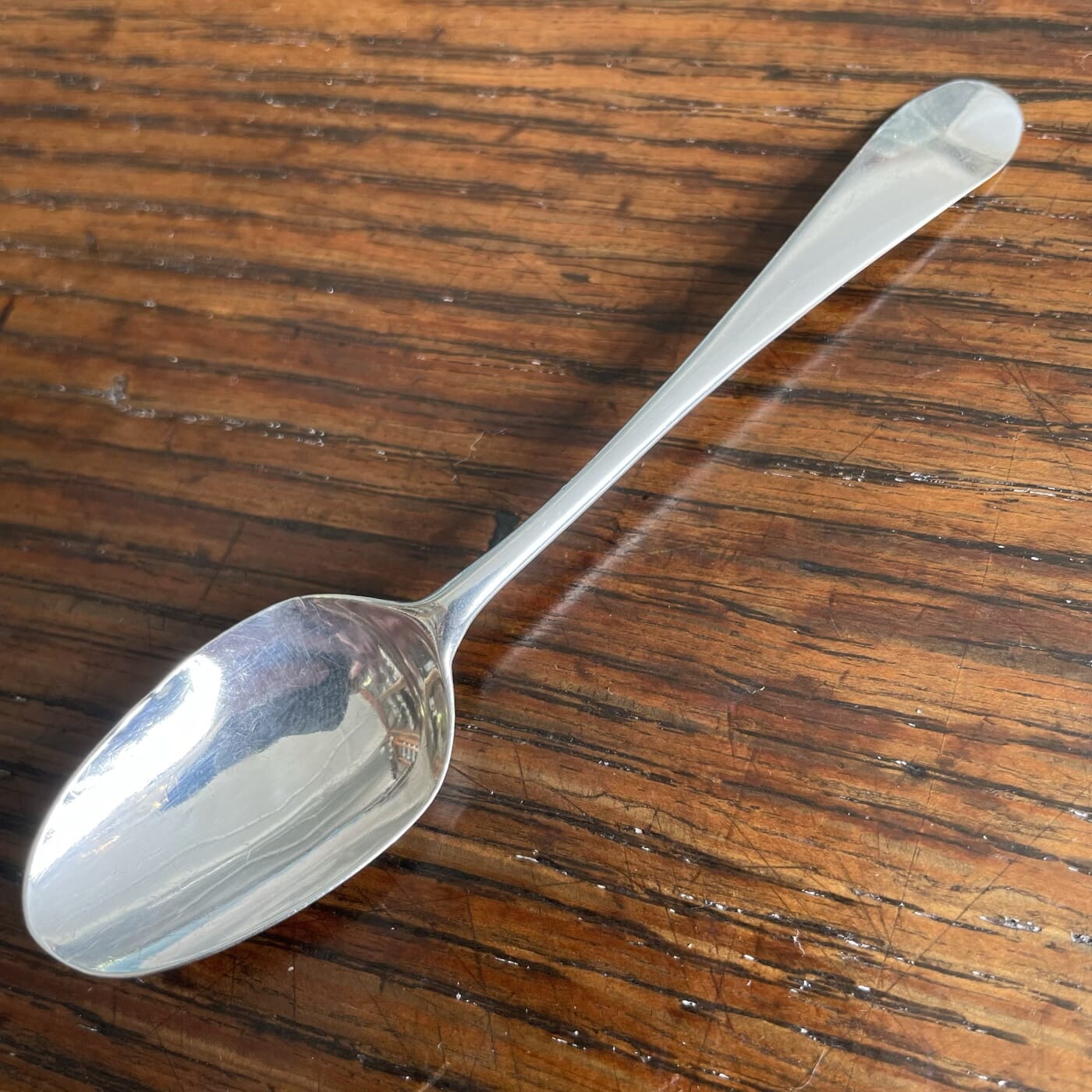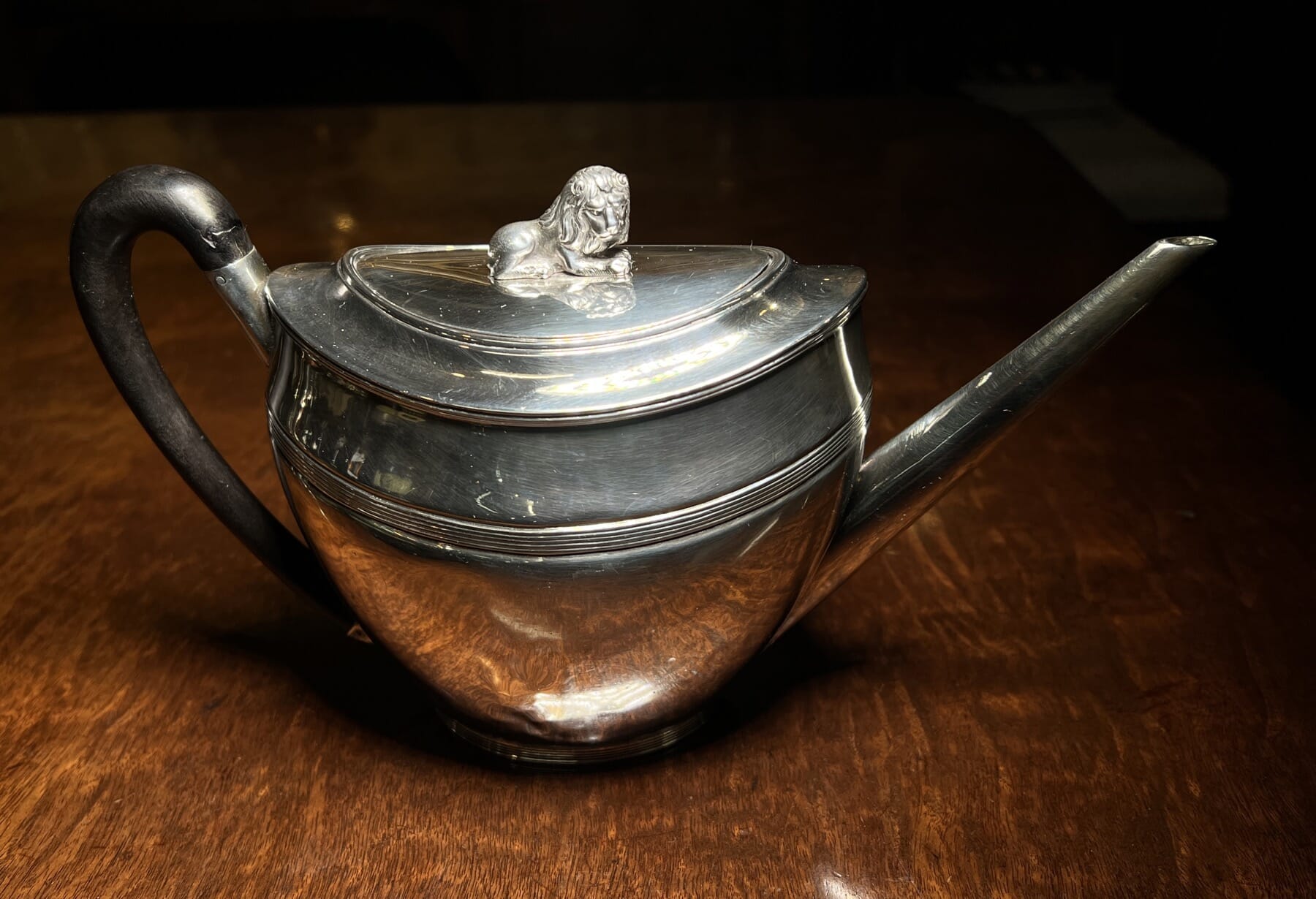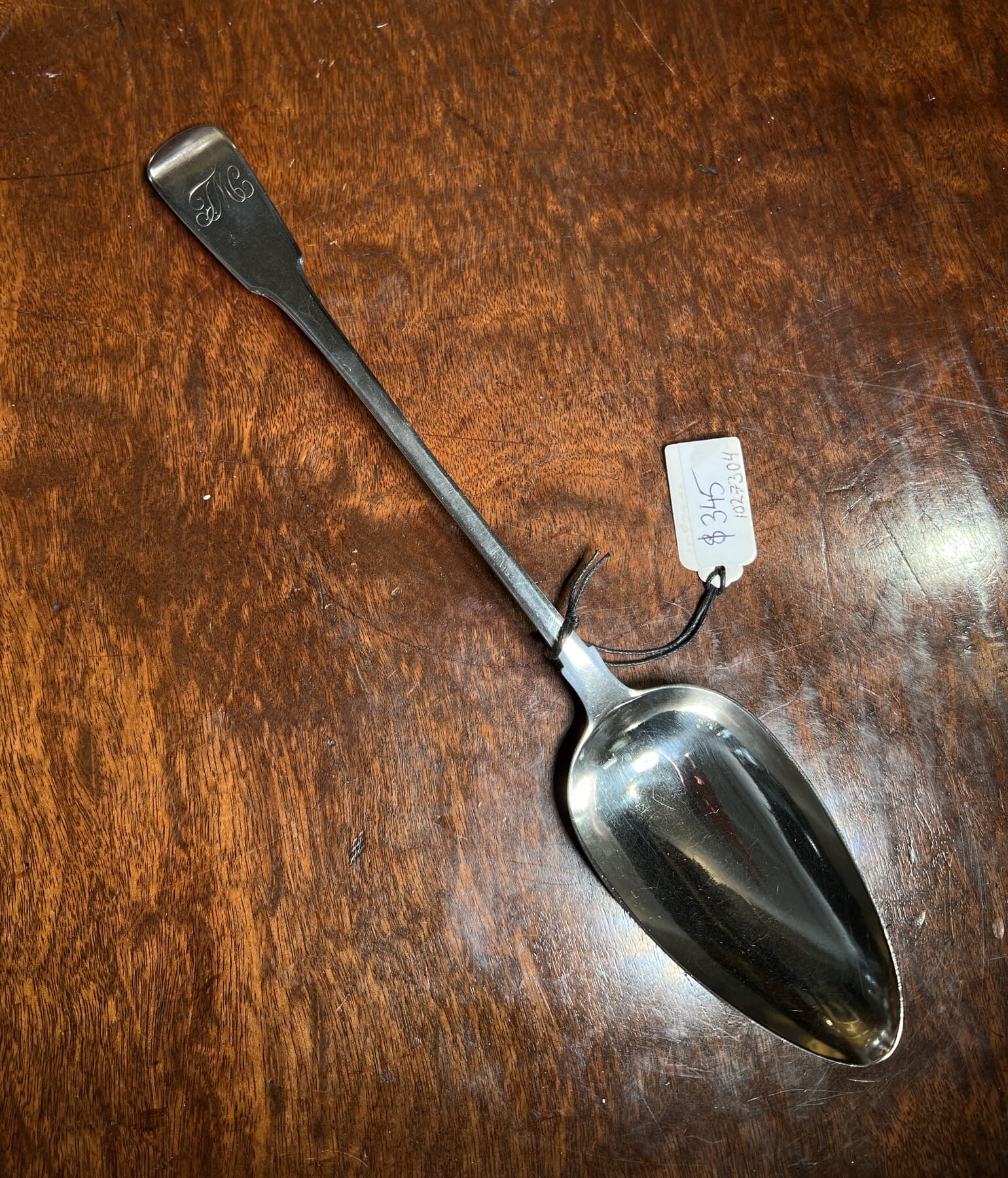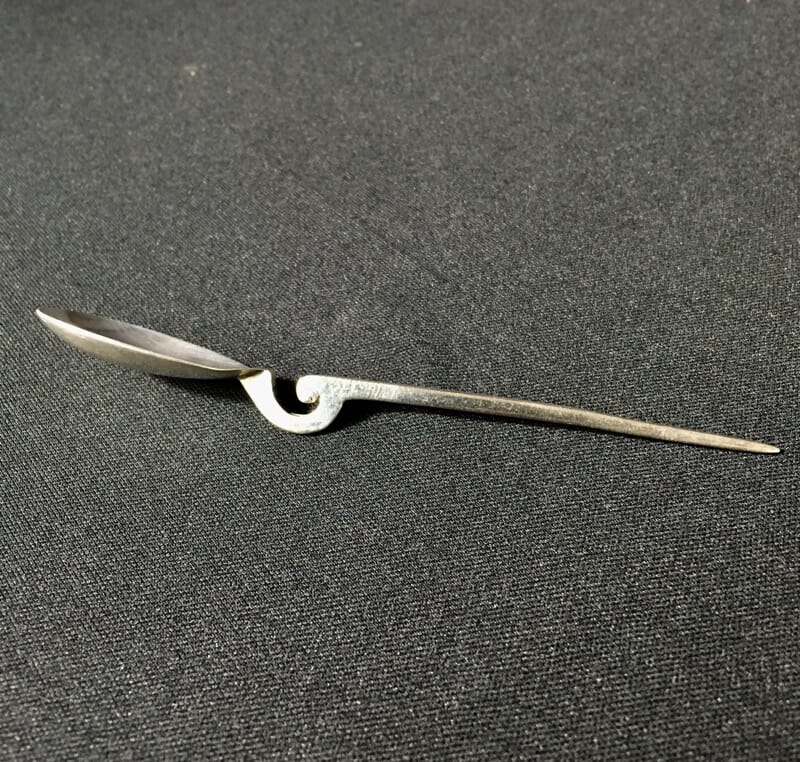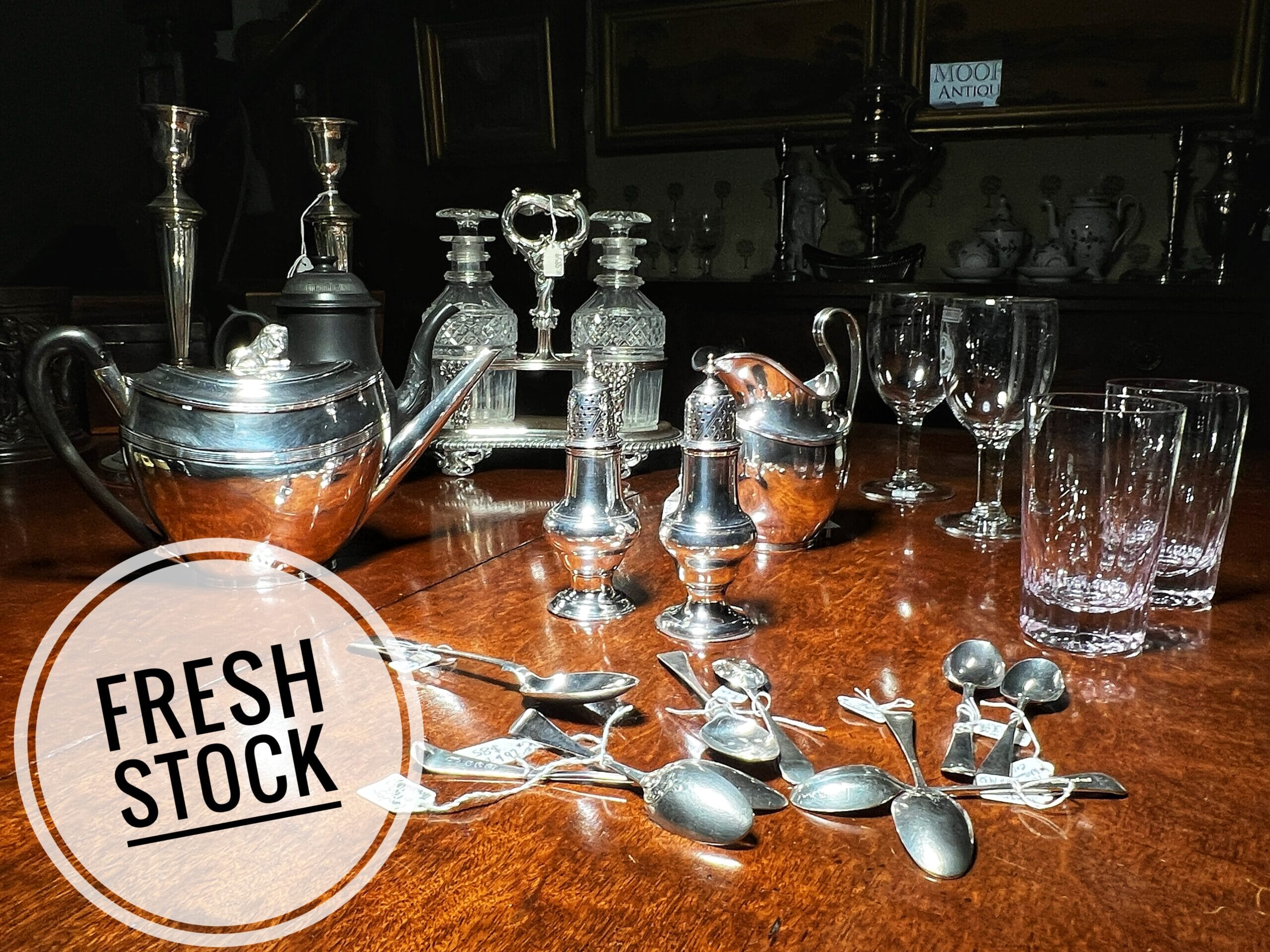
Our latest Fresh Stock on Moorabool.com includes a terrific variety of fine items – including some Sterling Silver rarities, usable Whiskey & Wine glasses, and a scattering of jewellery.
Lots more in the pipeline, as October draws to a close it will soon be November – and that’s almost Christmas! We will have a sensational selection of Christmas Present ideas for all of those who like to plan ahead.
Enjoy!
Best wishes from Paul & Glenys Rosenberg & all at Moorabool
-
 Staffordshire porcelain comical seated figure, c. 1850$345.00 AUD
Staffordshire porcelain comical seated figure, c. 1850$345.00 AUD -
 Continental .835 Silver & Marcasite charm bracelet C.1910$280.00 AUD
Continental .835 Silver & Marcasite charm bracelet C.1910$280.00 AUD -
 German Silver & Marcasite scroll earrings, c.1910$220.00 AUD
German Silver & Marcasite scroll earrings, c.1910$220.00 AUD -
 Victorian decoupage money box, C.1890$45.00 AUD
Victorian decoupage money box, C.1890$45.00 AUD -
 Small Victorian footstool with floral bead work tapestry, c. 1860$185.00 AUD
Small Victorian footstool with floral bead work tapestry, c. 1860$185.00 AUD -
 Pair of french fashion prints C.1850$145.00 AUD
Pair of french fashion prints C.1850$145.00 AUD -
 Pearlshell with large ‘Pearl’ domes$65.00 AUD
Pearlshell with large ‘Pearl’ domes$65.00 AUD -
 Continental F.Gerbing terracotta vessel -after the Antique- bronzed finish, c.1845$120.00 AUD
Continental F.Gerbing terracotta vessel -after the Antique- bronzed finish, c.1845$120.00 AUD -
 French Silver and Gold ‘pipe’ bracelet with fine engravings, c.1910Sold
French Silver and Gold ‘pipe’ bracelet with fine engravings, c.1910Sold -
 Grapevine brooch with gilt leaves and faux moonstones, C 1920Sold
Grapevine brooch with gilt leaves and faux moonstones, C 1920Sold -
 Pair of George III Hepplewhite Mahogany chairs, c. 1780Sold
Pair of George III Hepplewhite Mahogany chairs, c. 1780Sold -
 Large Cornishware tankard mug, 1 QUART V-R 19. C.1910$380.00 AUD
Large Cornishware tankard mug, 1 QUART V-R 19. C.1910$380.00 AUD -
 Georgian faceted ringneck decanter, cracks but usable, c.1790Sold
Georgian faceted ringneck decanter, cracks but usable, c.1790Sold
Original Artworks
Portrait Miniatures
We have a fine collection of Portrait Miniatures to offer over the next few weeks. From several collections, including John Rosenberg’s own personal pieces, we will be putting them into their own gallery – see them all here >>
Rare Dutch Silver from the Napoleonic Period

A – Empire shape teapot
B – Helmet-form jug
These two pieces of Napoleonic-era Silver have an interesting tale to tell.
The hallmarks show that the teapot is French, and the jug is Dutch. Not illustrated is a matching tea canister, also Dutch. This canister has an engraved dedication – a wedding gift in the early 19th century. It was retained by the family, and opens up an interesting story: the family name was well represented in records available online, and at this period was involved with the famous Dutch East Indies company (VOC). This enterprise, controlling trade from the far East to Europe, created huge fortunes for those involved, and this was most certainly the case with this family; Meissen porcelain, and quantities of early Chinese porcelain, some dating to the VOC’s heyday in the Kanxi period, 1644-1722. (These will be the subject of another release & blog in the near future, stay tuned for more!).
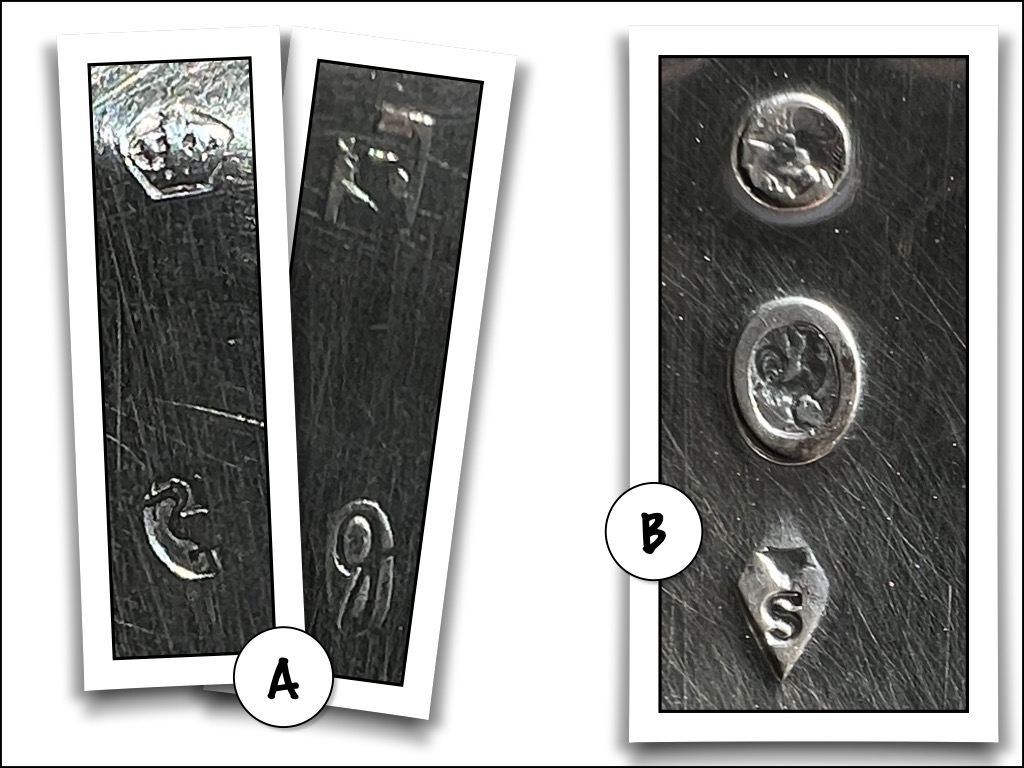
A – Helmet-form jug mark, 1809
B – Empire shape teapot mark, introduced 1809
A- the hallmarks of the jug are Dutch, with the Crown being used for a short period, 1807-10, for large articles of .934 grade silver. The stork with eel in beak beneath it is the City Guild mark for The Hague, and the ‘M’ indicates a maker, while ‘g’ is for the year 1809.
B- the hallmarks for the teapot indicate a French origin – the helmeted head is the mark used for certified Silver items, of ’provincial’ origin (Paris makers used the head of Athena). The Rooster mark is the fineness indicator for France, introduced in an oval such as this to indicate ’Provincial’, .950 grade silver, in 1809. However, thanks to Napoleon, the French Kingdom spread far across Europe – and their particular assay system for precious metals was used in multiple places. Also widely used was the diamond-shaped stamp containing the maker’s mark, although a single letter – ‘S’- is not common, with the majority of makers having two.
Dutch silversmiths had used the marks seen in ’A’, the helmet-shaped jug, but were forced to disband their guilds and conform to the French marking system. A search for the ’S’ maker has so far been unfruitful, in both Dutch & French makers.
The jug & teapot tell an interesting story, of the time when France held sway over even the silversmiths of Holland. Napoleon’s vision of Empire brought with it the elegant simplicity of these ‘Empire Style’ pieces, and they show the harmonious situation in Europe for the few brief years of the Kingdom of Holland.
The jug, reading the date letter, was made in 1809; the teapot was made to the same pattern, with it’s hallmark type being first introduced in 1809, whether in either France or Holland, and it was then combined as a tea service.
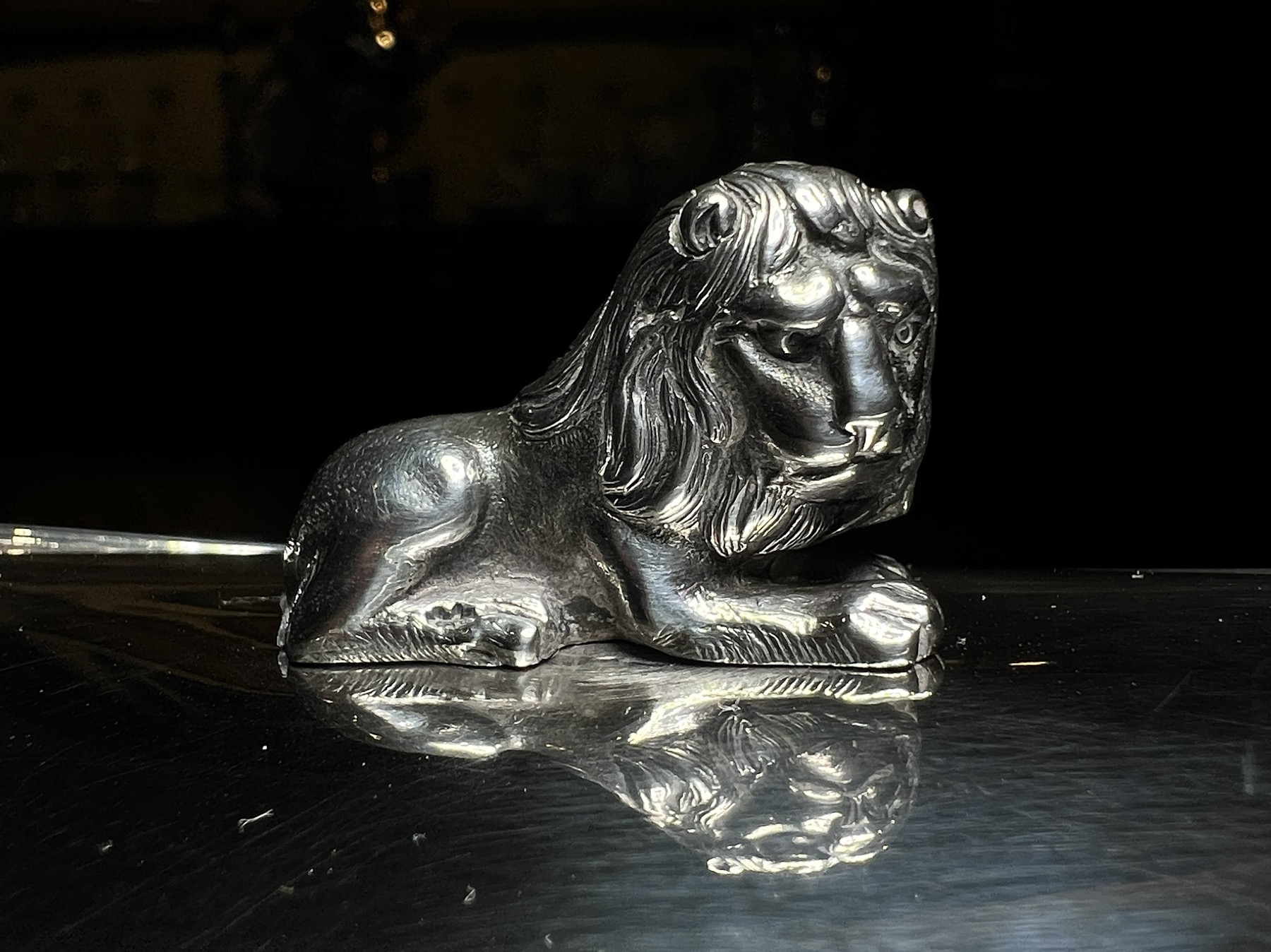
Sterling Silver Surprises
We have a quantity of English Sterling Silver to offer, from local estates – including some collector’s rarities, and some very usable pieces.

These ordinary looking Georgian Sterling teaspoons are nothing remarkable from the front – but turn them over, and instead of the normal stub at the junction of handle & bowl, they have fancy moulding – these are ’Picture back’ spoons. For a while during the later 18th century, there were a number of spoon makers who decorated their spoon backs in this manner, but numbers were always less than ’normal’ production and they’re the rarities of today’s Sterling Collecting field. We have several ’scroll backs’, a ’single rose back’ and another that doesn’t seem to have a name – a simple scroll moulded to the back.
All came from a local family via a family inheritance from the UK.

Pair of Sugar Castors
These interesting sugar-castors were used by the Georgian diner to spread sugar on desserts. While the shape is something from the earlier 18th century, these are hallmarked for 1775 & 1777 – the last years such pieces were used. They were being replaced by new sugar-spreading techniques – sugar bowls and baskets with sifter-spoons.
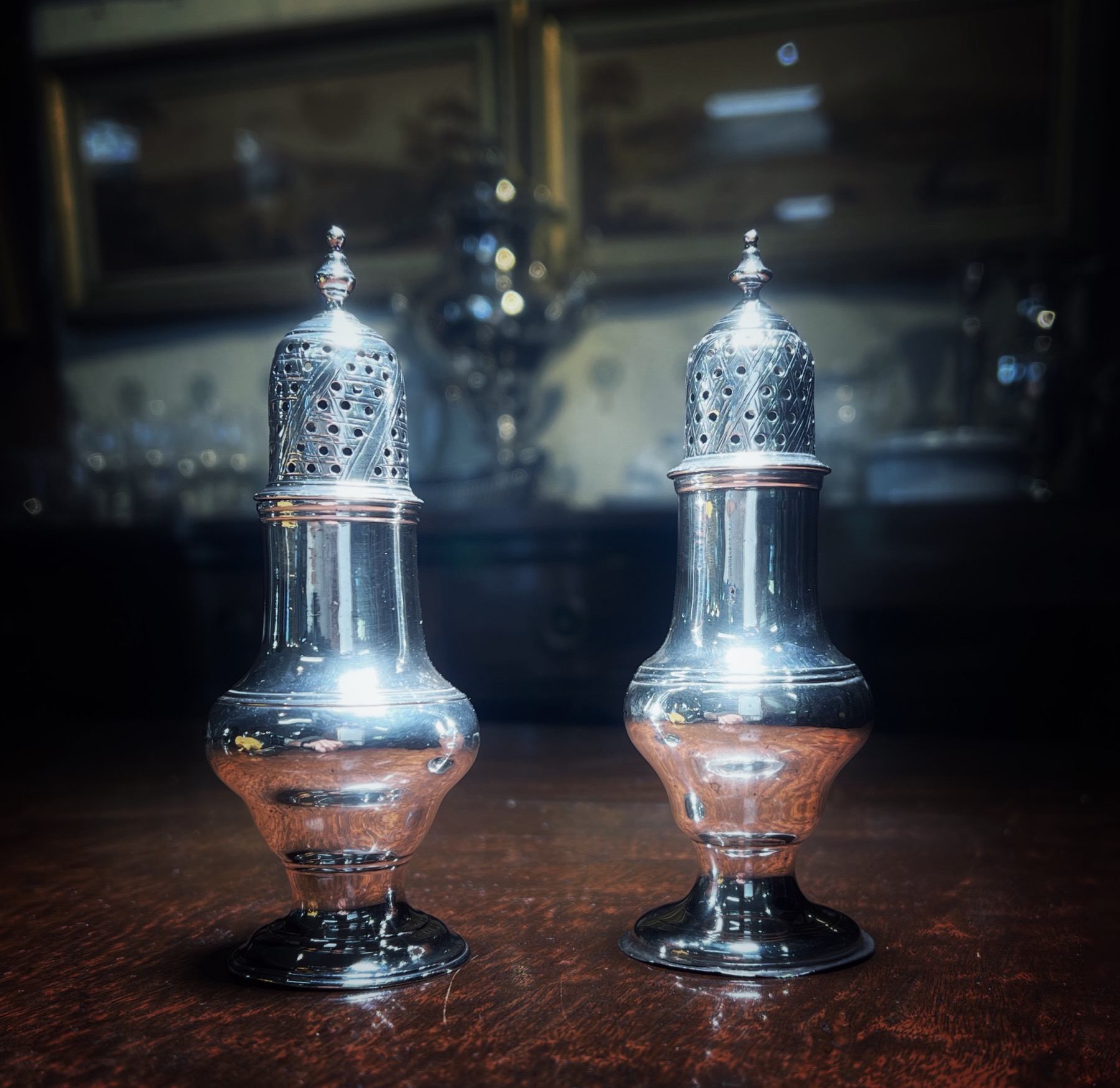
They are marked for a second-generation London silversmith, Thomas Daniell (also spelt with one ‘l’). His father,


A lovely large ‘Stuffing Spoon’, dated 1807.
This was literally to help with the ‘stuffing’ of poultry – and would have had to be large for a Turkey, Goose, Swan or Peacock!
It would have been very handy on the table – and why not again, it serves a decent spoonful…
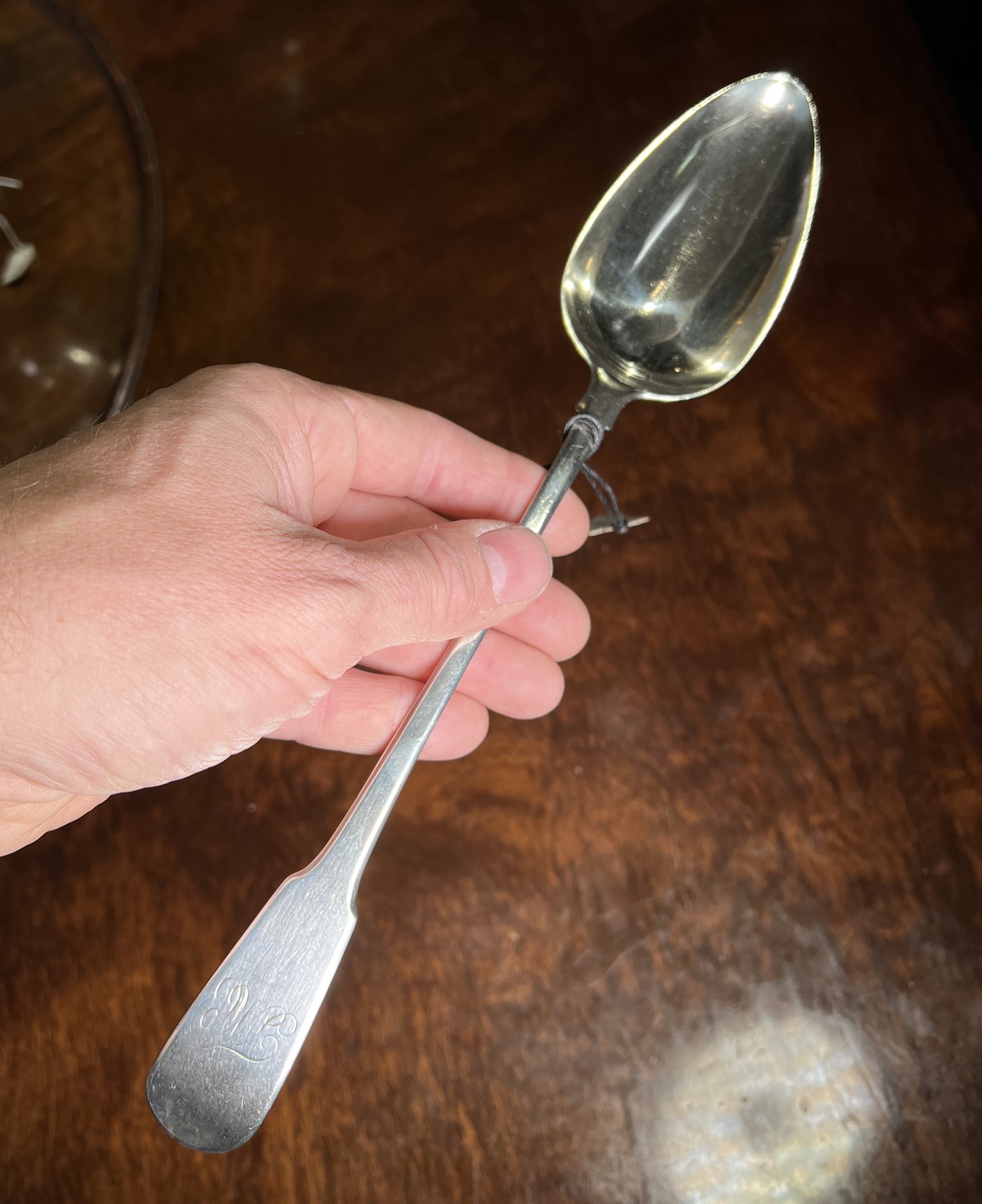
-
 Georgian Sterling Silver Scroll-back spoon, Wallis? London c.1765$165.00 AUD
Georgian Sterling Silver Scroll-back spoon, Wallis? London c.1765$165.00 AUD -
 Sterling Silver teaspoon, George Gray c. 1785Sold
Sterling Silver teaspoon, George Gray c. 1785Sold -
 Georgian Sterling Silver Scroll-back spoon, Wallis, London c.1765$165.00 AUD
Georgian Sterling Silver Scroll-back spoon, Wallis, London c.1765$165.00 AUD -
 Sterling Silver ‘rat tail’ spoon, Joseph Rogers, Sheffield 1932$45.00 AUD
Sterling Silver ‘rat tail’ spoon, Joseph Rogers, Sheffield 1932$45.00 AUD -
 Sterling Silver scroll-back teaspoon, Thomas & William Chawner, 1766-70$165.00 AUD
Sterling Silver scroll-back teaspoon, Thomas & William Chawner, 1766-70$165.00 AUD -
 Dutch silver teapot, .950 grade Napoleonic Period, c.1809Sold
Dutch silver teapot, .950 grade Napoleonic Period, c.1809Sold -
 Dutch Silver milk jug, rare .934 grade, Napoleonic period dated 1809Sold
Dutch Silver milk jug, rare .934 grade, Napoleonic period dated 1809Sold -
 Sterling silver stuffing spoon, inscribed ‘TMC’ – hallmarked London, 1807Sold
Sterling silver stuffing spoon, inscribed ‘TMC’ – hallmarked London, 1807Sold -
 Sterling Silver spoon of ancient Roman form, Sheffield 1925$145.00 AUD
Sterling Silver spoon of ancient Roman form, Sheffield 1925$145.00 AUD
